Home > Climate News >

A bold initiative
The Land Conservancy is beginning an ambitious new initiative — to create the Western New York Wildway. The Wildway will be an extensive series of protected lands that connect the vast forests of northern Pennsylvania to the Great lakes, through to the Finger Lakes, the Adirondacks, and beyond. It will form part of the Eastern Wildway which runs all the way from Canada to the Gulf of Mexico.
The Wildway will allow plants and animals to migrate across the land as they once did, to move as climate changes, and to expand their ranges and ensure their survival…
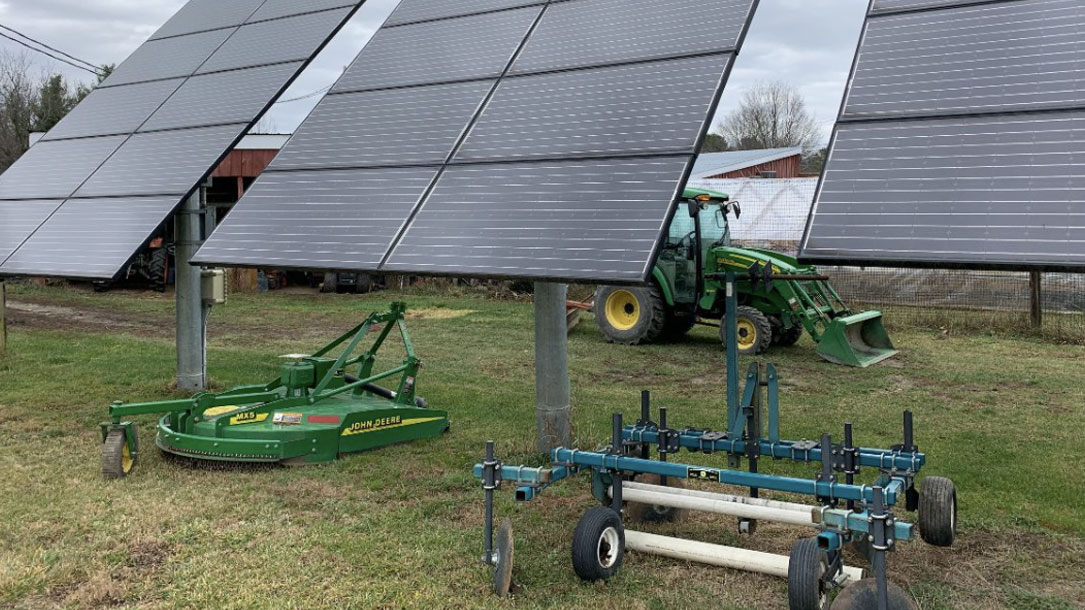
Solar siting on farmland: lessons learned from across the northeast
Are you interested in how farmland viability and solar can work together? Would you like to be able to share examples of projects that improve soil health, farm diversity, and stem the loss of farmland? You might be interested in watching American Farmland Trust Northeast’s recent webinar focusing on Connecticut policy opportunities and the various policies in the northeast.
Across the country farmland is being lost at an alarming rate: 2,000 acres of agricultural land are converted every day. With the push to transition off fossil fuels, solar development could take more out of production. But it doesn’t have to be that way. States could invest in elevated, compatible solar that could help farmers and ranchers stay in business and keep the land in production.
See what your region can glean from this webinar. There’s a window to lead on this.
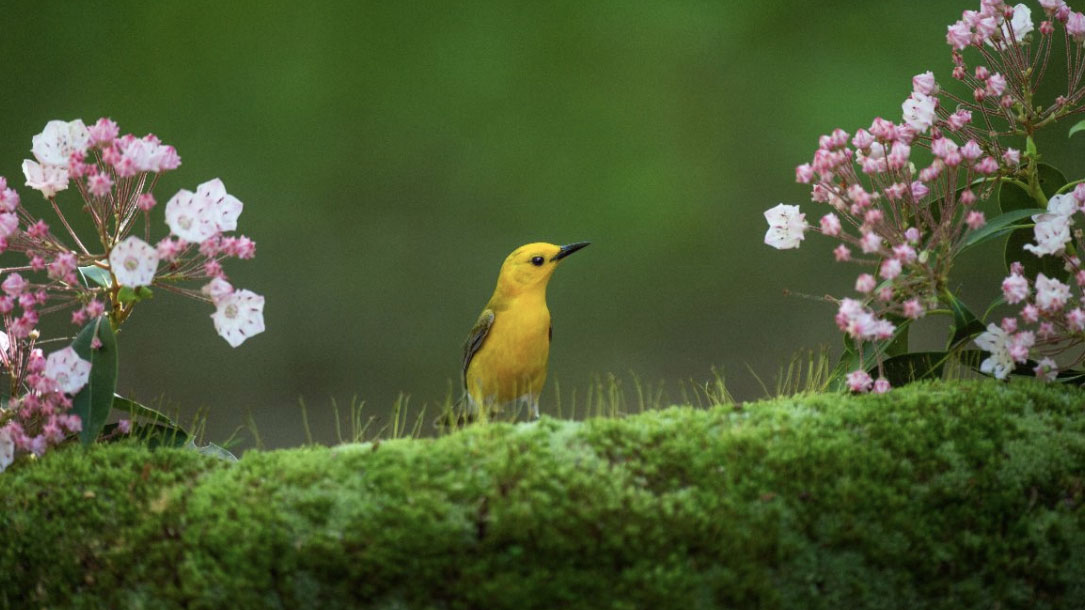
$5.25 million fund launched for land conservation and climate change in the [southeast] region
Open Space Institute’s (OSI) conservation support within the Cradle of Southern Appalachia focus area will bolster the work of the Thrive Regional Partnership’s Natural Treasures Alliance. With the region’s population expected to double by mid-century, and recognizing that economic health is inextricably linked to preserving intact natural systems, the Alliance calls for the protection of a million additional acres of the area’s forestland over the next several decades. The resulting lands will be protected for climate, recreation, clean water, and quality of life.
To expand the impact of the Fund, OSI is also turning to organizations such as American Forests, The Nature Conservancy, and the Land Trust Alliance, to share expertise, amplify efforts, and coordinate the Fund’s investments. OSI is also collaborating with eastern Climate Alliance states, a growing coalition of 25 states committed to achieving emissions reductions set by the Paris climate accord..

Kilby Farm protected by a conservation easement proactively addresses climate change
As a conservation organization, Cecil Land Trust takes the threats, challenges, and opportunities presented by climate change seriously. Educating the community about climate change means a better response more quickly for our community.
The Kilby Farm methane digester converts greenhouse gas methane, produced from cow waste and organic products, to green energy to run the farm…
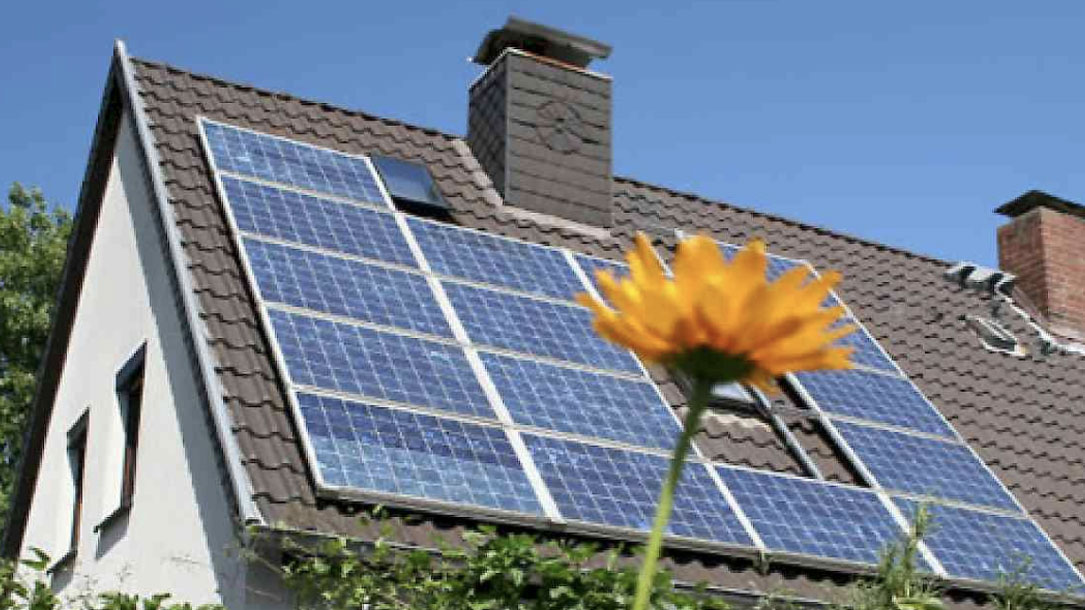
Moving forward, going solar
If this is the year you finally want to go solar, give Mendocino Solar Service a call. Not only will they be happy to answer all of your questions and set up a free on site consultation, but if you mention the Mendocino Land Trust, Mendocino Solar will make a $500 donation to MLT upon the completed installation of your 3 kW or larger solar photovoltaic system! What could be better?…

Climate change and care
Rising sea-level? Weird weather patterns of droughts and flooding? Violent storms? Is it true that large portions of the Antarctic ice shelves are collapsing into the ocean? Are glaciers really melting at an unprecedented rate? Even if true, there’s little we can do about such global phenomena, right?
These changes, associated with the heating of the earth’s atmosphere through the burning of fossil fuels, are really happening. Climate change is real. And the Mendocino Land Trust takes exception to the idea that little can be done in the face of climate change…

Forests are important in the fight against the climate crisisForests are important in the fight against the climate crisis
“Congress should pass a suite of policies that enhance the carbon storage and biodiversity of our forests.
Audubon’s own science shows that climate change is the greatest threat to North American birds, with two-thirds of species vulnerable to extinction if carbon emissions continue at their current pace. Birds that rely on boreal and western forests are at especially high risk. However, if we keep warming below 1.5 degrees C—which would require reaching net-zero greenhouse gas emissions by 2050—we can improve the outcomes for 76 percent of those imperiled birds. While reaching this target will require decarbonization across our electric, transportation, and industrial sectors, we can also implement policies that help our working lands be part of the climate solution…”
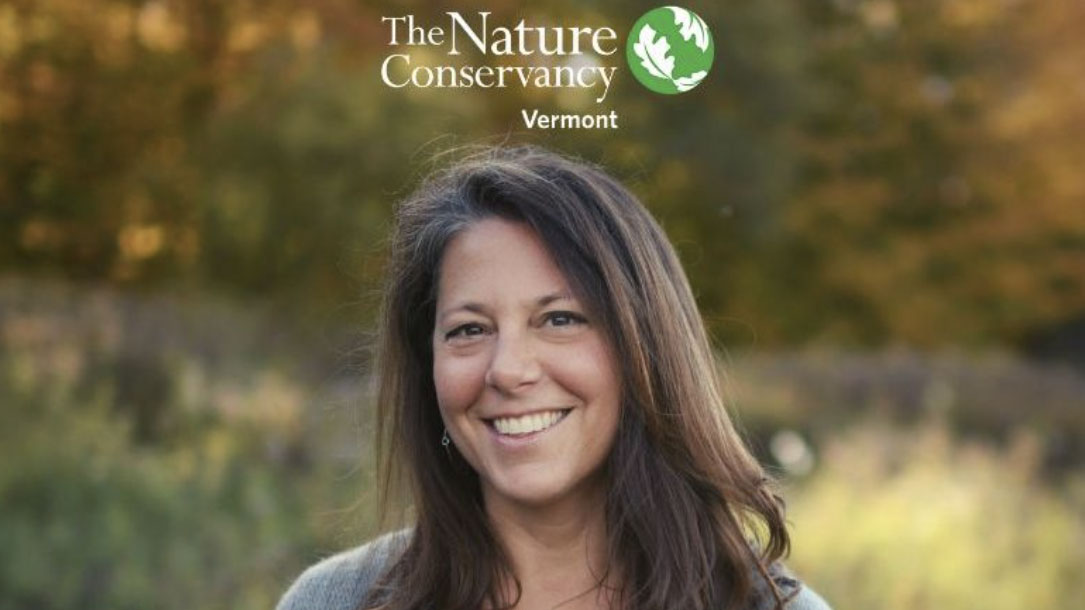
Weekly Planet: Nature is heart of our recovery
If you’ve had a long relationship with nature, you may wonder “am I seeing fewer fireflies, butterflies, and birds than when I was a kid?” Sadly, the answer is “yes.” Since 1970, butterfly populations have plummeted 35%, amphibian populations have declined by 30% and bird populations have decreased by 29% equating to three billion fewer birds since the year I was born. While these facts are sobering, the good news is that conservation action has solutions. As wildlife populations have been spiraling downward, wetland bird populations have been increasing.
Why? Because tens of millions of dollars have been invested in the protection and restoration of our nation’s wetlands, the same wetlands that help filter and clean our waters, store carbon, and absorb floodwaters—by and large, making our communities healthier and safer…
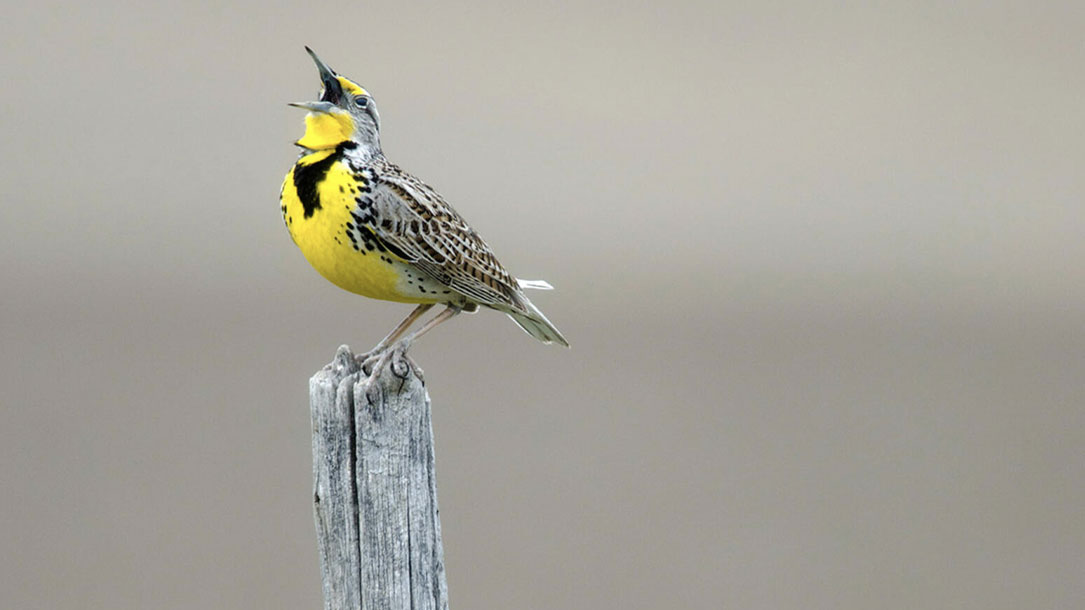
Innovative bill would promote regenerative ranching in California
The program would encourage regenerative agricultural practices similar to those promoted by Audubon’s Conservation Ranching initiative (ACR). The program partners with ranchers to adopt techniques including rotation of pastureland and limited use of feeds other than grass itself. The practices allow a variety of native grasses, with their extensive root systems (a potent carbon sink), to grow and thrive by allowing grasslands to rest and recover.
That, in turn, provides habitat for imperiled grassland birds, whose numbers have declined by 50 percent over the past 100 years. In return, ranchers participating in ACR can brand their meat with Audubon’s “Grazed on bird-friendly land” seal, earning up to $2 per pound more for their premium, grass-fed products…
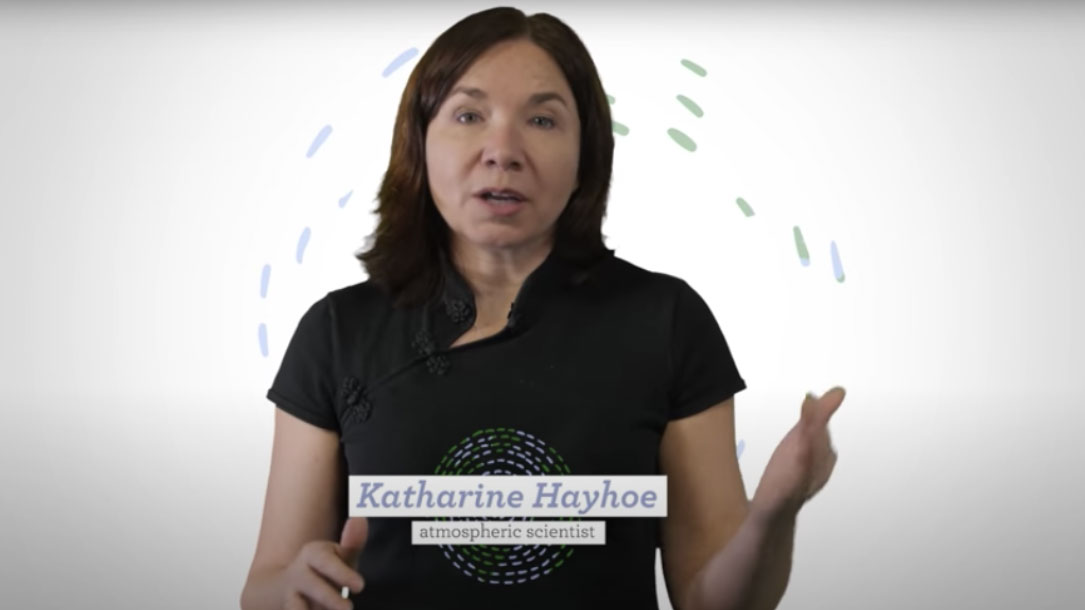
What’s the big deal with a few degrees?
Are you looking for trusted, interesting, and accessible videos to share about climate change? Timely, thoughtful, and non-technical information is critical.
I recommend Katharine Hayhoe’s Global Weirding videos. Katharine is one of the world’s most respected climate scientists. She lives in Texas and has a strong connection with the evangelical community. Why do I mention that? Because in the U.S., the evangelical community can be anti-climate change. She does a terrific job of explaining climate change and its impacts.
In this one, “What’s the Big Deal with a Few Degrees,” you could post and then add some “pre-text,” connecting the dots to a climate solution.












